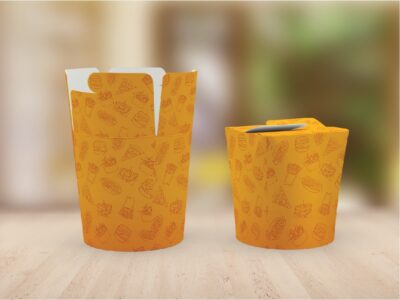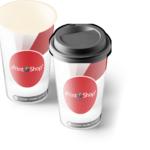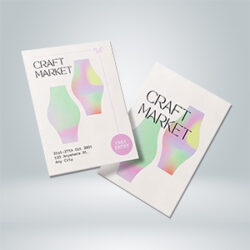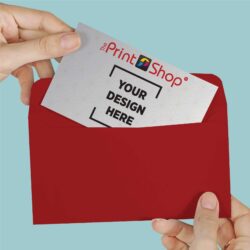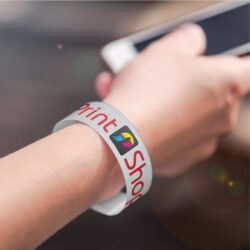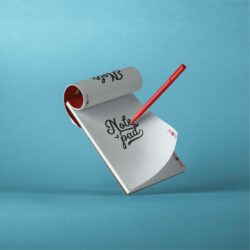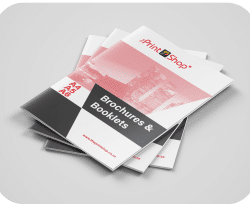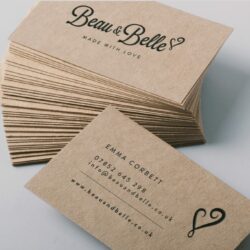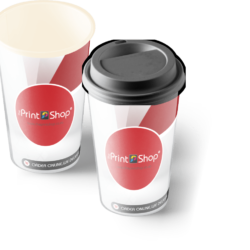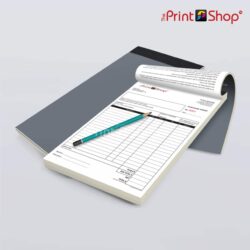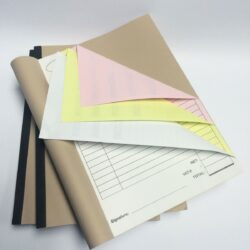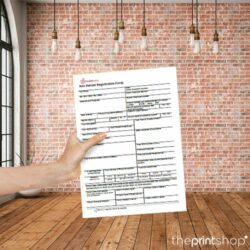Die Cut Packaging
Request a Quote:
var tktfiles = true;
function submitquoteForm(){
cpta = document.getElementById(“g-recaptcha-response”).value;
if(cpta==””){
alert(“please check on google captcha”);
return false;
}
if(!tktfiles){
alert(“File too Big, please select a file less than 4mb”);
return false;
}
return true;
}
function quotefilevalidation(){
fi = document.getElementById(‘file_2_1’);
if (fi.files.length > 0) {
for ( i = 0; i = 4096) {
alert(
“File too Big, please select a file less than 4mb”);
tktfiles = false;
}else{
tktfiles = true;
}
}
}
}
- Description
- Additional information
Description
Die Cut Packaging is a little peculiar when it comes to packaging. It’s not as simple as being able to have any old box or tin with a hole cut in the side to display your produce. In fact, there are several considerations that must be made when choosing the right cut-end packaging for your product. It’s important to consider both how you plan on selling your fruit and vegetables, as well as where they’ll be going once they’re packaged up. For example, will it be sold in a grocery store, an independent market stand, or directly from the farm and what kind of space restrictions will be in place? The types of material used for packaging must also take into account the shelf life of the produce inside (as well as how long it will take for them to sell).
The most important factor to consider when packaging a cut-end
The first thing to keep in mind is how the produce will be sliced. If you’re using a high-end slicer (like a bandsaw or a rotating slicer) then it’s easy to find packaging that can fit the cut-end perfectly. However, if you’re using something a little more traditional, like a guillotine, then you’ll want to find packaging that will account for the extra length as well as the width of the slices. Another important thing to keep in mind is what type of produce you’re selling. For example, if you’re selling cut-ends of apples and pears you can have holes cut away in the packaging and have the fruit visible on a shelf. However, if you’re selling say, broccoli or cabbage, that’s a produce that doesn’t look so good cut up, so you can cut away the hole in the packaging and have the produce in a container instead.
The importance of display
One thing that should never be overlooked when packaging a cut-end is the importance of display. You want to make sure that the produce on the shelf is highlighted in the best possible way, so that customers make the decision to buy from you. The front of the packaging will determine the first impression, so make sure that it’s as appealing as possible. If possible, try to get your hands on an actual retail counter to see how your produce would look in real life. You’ll be able to see how your products are displayed, and how your packaging stacks up against the competition. You might even notice that your chosen packaging can be improved with a few small changes.
Holes, windows and light exposure
Another important factor to consider when packaging a cut-end is whether or not to have holes in the packaging. This is important if you’re selling your produce in a retail setting, where light exposure is a concern. In this case, you’ll want to have the packaging be as dark as possible so that the produce doesn’t get sunburned. A good trick to know when deciding if you should have holes or not is to hold the packaging up to a light and see if it lets any light through. If it’s completely dark (or nearly so) then it’s a good sign that your produce won’t get sunburned. However, if you can see light filtering through the packaging, you might want to consider having holes cut or windows put in place.
Anchoring and cushioning: protecting the product you’re selling
When you’re dealing with cut-end products, you must make sure that your produce is safe and sound. This means that you should use proper cushioning and anchoring to keep the product from shifting or moving in any way. Placing your produce on a bed of hay or excelsior is an easy way to create some cushioning. You can also use paper or cardboard between the produce to keep the items from rubbing together and causing damage. Another important aspect of keeping your produce safe is making sure it’s anchored in the packaging. This means that you should have something holding down the product on each side or at the top. You can use a variety of materials for this, from straw to paper to excelsior.
Different types of cut-end packaging
There are many different types of packaging that you can use for a cut-end. Some are better suited to retail sales, while others are great for selling directly from the farm. Let’s take a look at three types of packaging that you might consider when selling a cut-end.
Pigs-heads – Pigs-heads are an excellent option for retail sales. They’re easy to open and close and they provide ample protection to your produce. The only downside is that they are fairly large, and they don’t look very attractive on the shelf.
Cases – Cases are great for retail sales because they’re compact and they look very nice. The only downside is that they can be a little pricey and they aren’t very easy to open and close.
Boxes – Finally, boxes are an excellent choice for retail sales, especially if you’re selling larger items. They’re easy to open and close, and they provide ample protection to your produce. The only downside is that they can be a little expensive.
Additional information
| Size | A4, A5 |
|---|---|
| Cover Type | Colour, Foiled |
Original Die Cut Packaging Design Guidelines

-
Bleed Area: 3.66" x 2.16"
Make sure that your background extends to fill the bleed to avoid your Business Cards having white edges when trimmed.
-
Trim: 3.50" x 2.0"
This is where we aim to cut your cards.
-
Safe Area: 3.34" x 1.84"
Make sure any important aspects of your design such as text and logos are inside of the safe area, otherwise they may be cut off.

